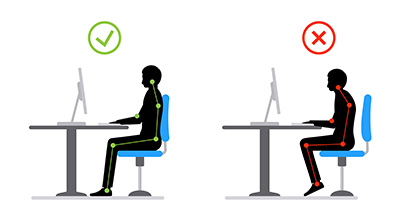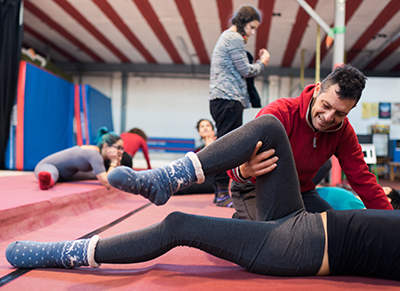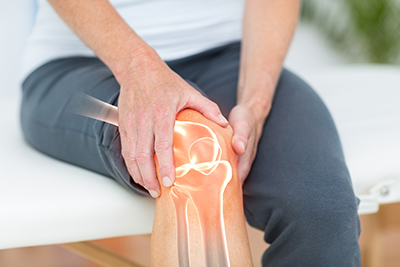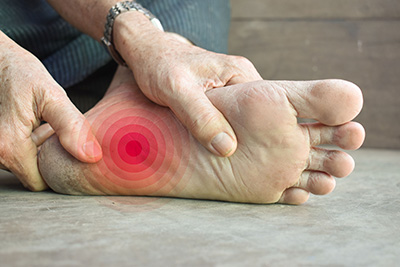Maintaining Mobility and Independence
As we age, staying active and maintaining our independence becomes increasingly important for a good quality of life. However, the natural aging process often comes with physical challenges that can limit mobility and reduce our ability to perform everyday tasks. This is where physical therapy (PT) plays a crucial role, especially for older adults. With the right physical therapy regimen, aging adults can stay mobile, reduce pain, and remain independent for longer. Let’s explore how physical therapy benefits aging adults and why it is essential for maintaining an active lifestyle.

1. Improving Balance and Preventing Falls
One of the most common concerns for aging adults is the increased risk of falling. According to the CDC, millions of older adults suffer falls each year, often leading to fractures, head injuries, and a decrease in confidence. Physical therapists design balance-training exercises that target muscles and improve coordination, helping to significantly reduce the risk of falling.
Through specific exercises aimed at strengthening the legs, improving posture, and enhancing coordination, older adults can regain stability. These tailored programs not only help prevent falls but also improve overall movement and agility, making daily activities safer and more manageable.
2. Restoring Mobility After Surgery or Illness
Many older adults undergo surgeries, such as hip replacements or knee replacements, to restore function after years of wear and tear on their joints. After surgery, physical therapy is essential for recovery. Physical therapists provide post-operative rehabilitation that is crucial for regaining strength and ensuring the full use of muscles and joints.
In addition to surgical recovery, aging adults may experience illnesses like strokes or heart attacks that affect mobility. Physical therapy helps patients recover their physical abilities, focusing on rebuilding strength, improving flexibility, and ensuring a smooth transition back to an active lifestyle.
3. Reducing Chronic Pain Without Medication
Chronic pain, often from conditions like arthritis, back pain, or joint pain, is a common issue for older adults. Many people rely on medications to manage their pain, but long-term use of painkillers can have serious side effects. Physical therapy offers a natural, non-invasive alternative by using manual therapy techniques, targeted exercises, and stretching programs.
By addressing the root cause of pain through physical therapy, many aging adults can reduce or even eliminate the need for medication. This approach allows them to manage pain in a safer, healthier way while improving overall strength and function.
4. Maintaining Independence in Daily Life
The ability to perform everyday tasks, such as getting out of bed, climbing stairs, or even carrying groceries, is central to maintaining independence. As muscles weaken and joints stiffen with age, these tasks can become challenging. Physical therapy strengthens the muscles and improves flexibility, making it easier for aging adults to carry out daily activities without assistance.
By focusing on functional exercises that mirror everyday movements, physical therapy helps aging adults stay self-sufficient for longer. This sense of independence contributes to better mental health and a greater overall sense of well-being.
5. Enhancing Overall Health and Fitness
Physical activity is vital for everyone, especially as we age. Regular exercise can lower the risk of conditions such as heart disease, diabetes, and osteoporosis, while also improving mental health and cognitive function. Physical therapists create personalized fitness plans that are safe for aging adults, considering any existing health issues and limitations.
These programs not only boost physical fitness but also promote better circulation, joint flexibility, and muscle strength. The mental benefits, including reduced stress and improved mood, make physical therapy an excellent holistic approach to healthy aging.
Conclusion
Physical therapy is essential for helping aging adults maintain their mobility, reduce pain, and live independently. Whether recovering from surgery, managing chronic conditions, or simply wanting to stay active and strong, physical therapy provides the tools and guidance needed to age gracefully. By addressing both physical and mental well-being, physical therapists play a vital role in ensuring that older adults live healthier, more independent lives.
If you or a loved one are facing mobility challenges due to age, consider consulting with a physical therapist. A personalized PT program can make all the difference in staying active, safe, and independent for years to come.
Advanced Medical of Florida provides you with the medical care you need. For more information, go to our web site http://www.amfhealthcare.com or call (727) 408-5222.








